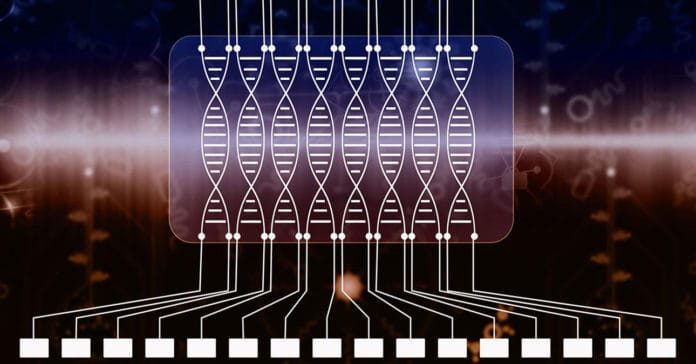To date, DNA‐based circuits involving tens of logic gates capable of implementing essential and complex logic functions have been demonstrated experimentally. However, most of these circuits are still incapable of realizing complex mathematical operations, such as square root logic operations, which can only be carried out with 4-bit binary numbers.
Chunlei Guo, at the University of Rochester in New York state along with his colleagues, has developed a computer using 32 strands of DNA to store and process information. He has demonstrated this DNA computer through the development of a 10-bit square root logic circuit. Amazingly, this high‐capacity DNA biocomputing system can calculate the square root of numbers up to 900.
This DNA computer uses the Hybridisation process. Hybridization is a process of mathematically combining two or more atomic orbitals from the same atom to form an entirely new orbital different from its components and hence is called a hybrid orbital. In this DNA computer, the process arises when two strands of DNA attach to form double-stranded DNA.
Scientists started with encoding a number onto the DNA using a combination of ten building blocks. Each combination represents a different number up to 900 and is attached to a fluorescence marker.
Scientists then controlled hybridization in such a way that it changes the general fluorescent signal with the goal that it correlates with the square root of the original number. The number would then be able to be derived from the color.
Guo said, “DNA computing holds great promise for solving problems that are too difficult or even impossible to handle by current silicon-based computers.”
“This study provides a universal approach for applications in biotechnology and bioengineering.”
Guo has presented his paper in the journal Small.
